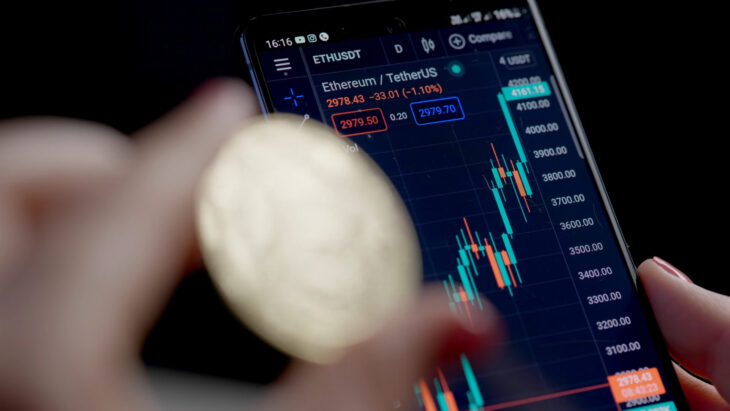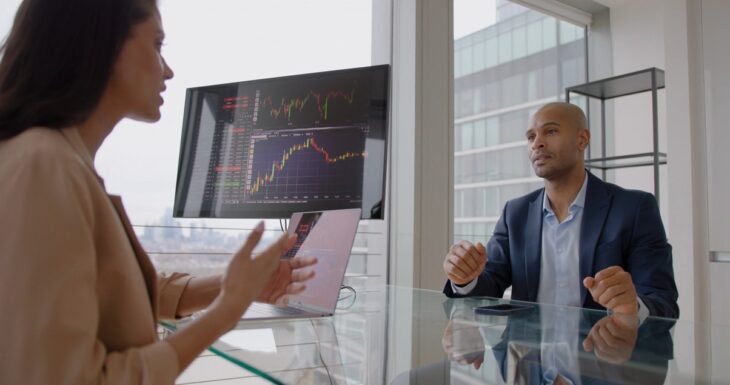Investors in 2025 face a world where relying too heavily on equities carries real risks.
Market volatility, shifting economic balances, and geopolitical uncertainty all remind people that resilience matters.
Expanding into alternative assets offers not just protection but also opportunities for growth, income, and innovation.
Broadening a portfolio creates balance in unpredictable times.
Real Estate

Real estate continues to command investor interest because of its dual benefits: steady income and long-term appreciation.
Direct ownership of rental properties provides consistent cash flow through monthly rents, while the underlying property value often grows over time. Investors can take either an active or passive approach.
Active management means being directly involved in tenant relations, maintenance, and strategic upgrades, which can yield higher returns but demands significant effort.
Passive management, often handled through professional property managers, reduces the burden but also limits control and slightly lowers returns.
Investment channels have expanded, making real estate more accessible to a wider pool of investors. REITs and real estate crowdfunding platforms create opportunities for participation without requiring large upfront capital.
Strong macroeconomic forces support ongoing opportunities in this sector. Persistent housing shortages across the United States, documented in research by J.P. Morgan, continue to drive demand.
Recovery in commercial real estate is tied to logistics and energy sectors.
Cryptocurrency and Blockchain Investments

Digital assets continue to attract attention for their high-risk, high-reward dynamics.
Bitcoin remains the most recognized option, while altcoins provide speculative opportunities with the potential for large gains.
Many investors consider strategies to buy XRP as part of diversified exposure to the sector.
Staking and yield farming within decentralized finance ecosystems present ways to generate passive income.
Such methods allow holders to put digital assets to work while retaining exposure to price movements.
Blockchain ETFs provide a less volatile approach by investing in companies developing infrastructure for digital networks..
Investment opportunities in this sector can be grouped into:
- Bitcoin and altcoins for speculative growth.
- Staking and yield farming for passive income.
- Blockchain ETFs for lower-risk thematic exposure.
Fixed-Income Alternatives for Stability
Bonds deliver predictability and security for investors seeking stability.
Government, municipal, and corporate bonds offer lower volatility while providing reliable income streams.
Bond platforms and fractional investment tools such as Mintos lower barriers for entry.
Smaller allocations now allow wider participation, creating opportunities even for investors with modest starting capital.
Green and ESG bonds expand options by merging financial returns with environmental responsibility.
Capital flows toward sustainable projects not only produce yield but also align investments with global energy transitions and social responsibility goals.
Investors can view fixed-income opportunities in three primary categories:
- Government, municipal, and corporate bonds for predictability.
- Bond platforms and fractional access to lower the capital threshold.
- Green and ESG bonds to combine financial and ethical objectives.
ETFs
Exchange-traded funds allow investors to participate in broader themes without selecting individual securities.
Sector-specific and thematic ETFs capture fast-moving industries such as artificial intelligence, renewable energy, and infrastructure tied to digital technology.
Sustainable ETFs continue to gain traction as investors demand strategies aligned with environmental, social, and governance principles.
Mintos Core ETFs, designed for European markets, provide regionally diversified exposure while optimizing tax efficiency.
Such instruments deliver convenient and broad access to asset classes with reduced costs.
Categories of ETFs worth considering in 2025 include:
- Sector-specific and thematic ETFs in tech, energy, and AI.
- Sustainable ETFs aligned with ESG criteria.
- Mintos Core ETFs offering diversification and tax efficiency.
Private Equity and Venture Capital

Private equity markets look set for renewed growth as interest rates stabilize and dealmaking revives.
Institutional investors predict significant opportunities in growth equity, particularly around artificial intelligence, robotics, and biotechnology.
Venture capital continues to drive innovation by funding early-stage businesses that may reshape industries.
Investors willing to tolerate higher risk can position themselves for outsized rewards in areas where technological disruption accelerates.
Secondary markets within private equity also play an increasing role, creating liquidity options for investors seeking earlier exits.
The maturation of these markets ensures more flexibility compared to previous cycles.
Key areas to watch in private equity and venture capital are:
- Growth equity fueled by innovation.
- Venture capital supporting early-stage disruptors.
- Secondaries markets providing liquidity and flexibility.
Private Credit
Private credit has grown into a powerful alternative to traditional debt markets.
Direct lending delivers strong yields compared to conventional bonds, particularly when lending to small and mid-sized enterprises.
Asset-backed lending expands opportunities by tying investments to tangible assets such as real estate, infrastructure, and equipment.
Opportunistic credit allows investors to capitalize on distressed debt scenarios and refinancing needs.
Higher interest rates have created gaps in traditional lending, and private credit fills that void while rewarding investors with attractive yields.
Private credit strategies generally fall into three categories:
- Direct lending to private enterprises.
- Asset-backed lending tied to real property and equipment.
- Opportunistic credit focused on distressed or special situations.
Gold, Precious Metals, and Commodities

Gold has long been considered one of the most reliable safe-haven assets, especially during times of inflation, currency devaluation, or global financial instability.
Its value is not tied to the performance of any single government or corporation, which makes it particularly attractive during crises when traditional assets such as stocks and bonds can lose value rapidly.
Investors often turn to gold as a way to preserve wealth across generations, as it tends to hold purchasing power even when paper currencies weaken.
Physical gold, such as bullion or coins, provides tangible ownership and security, though it requires storage and insurance.
Gold-backed exchange-traded funds (ETFs) offer a more liquid and convenient option, giving investors quick exposure to gold prices without the logistical challenges of holding physical assets.
For those willing to accept higher volatility, gold mining stocks provide leveraged exposure to gold prices, as their profitability often moves more dramatically with fluctuations in the price of gold itself.
Alongside gold, other precious metals like silver, platinum, and palladium also play important roles in portfolios.
Silver, for example, is both a store of value and an industrial metal used in electronics and renewable energy, making its demand more sensitive to global economic growth.
Platinum and palladium are heavily tied to the automotive industry due to their use in catalytic converters, which means their performance often correlates with manufacturing and consumer demand cycles.
Arts, Collectibles, and Tangible Assets

Collectors increasingly treat fine art, antiques, wine, and whiskey as investment-grade stores of value.
These assets are illiquid and require careful market knowledge, but they can hold their worth and appreciate significantly over time.
Luxury goods and memorabilia also attract investors. Limited-edition watches, rare sneakers, and sports memorabilia serve both as cultural status symbols and financial instruments when managed strategically.
While less conventional, these markets demonstrate resilience during inflationary periods and act as hedges by decoupling portfolios from financial market cycles.
Tangible investment opportunities often include:
- Fine art and antiques with historic value.
- Wine and whiskey as alternative stores of wealth.
- Luxury goods and memorabilia with collector-driven demand.
Summary
Building a strong portfolio in 2025 requires going beyond equities to embrace broader opportunities.
Real estate, bonds, ETFs, private markets, credit, commodities, digital assets, and collectibles all provide tools for achieving balance.
Success depends on customizing strategies to fit individual goals. Investors seeking growth, income, preservation, or ethical impact can craft portfolios that reflect those priorities.



